Home>Home Appliances>Kitchen Appliances>How Many Teaspoons In A Shot Glass
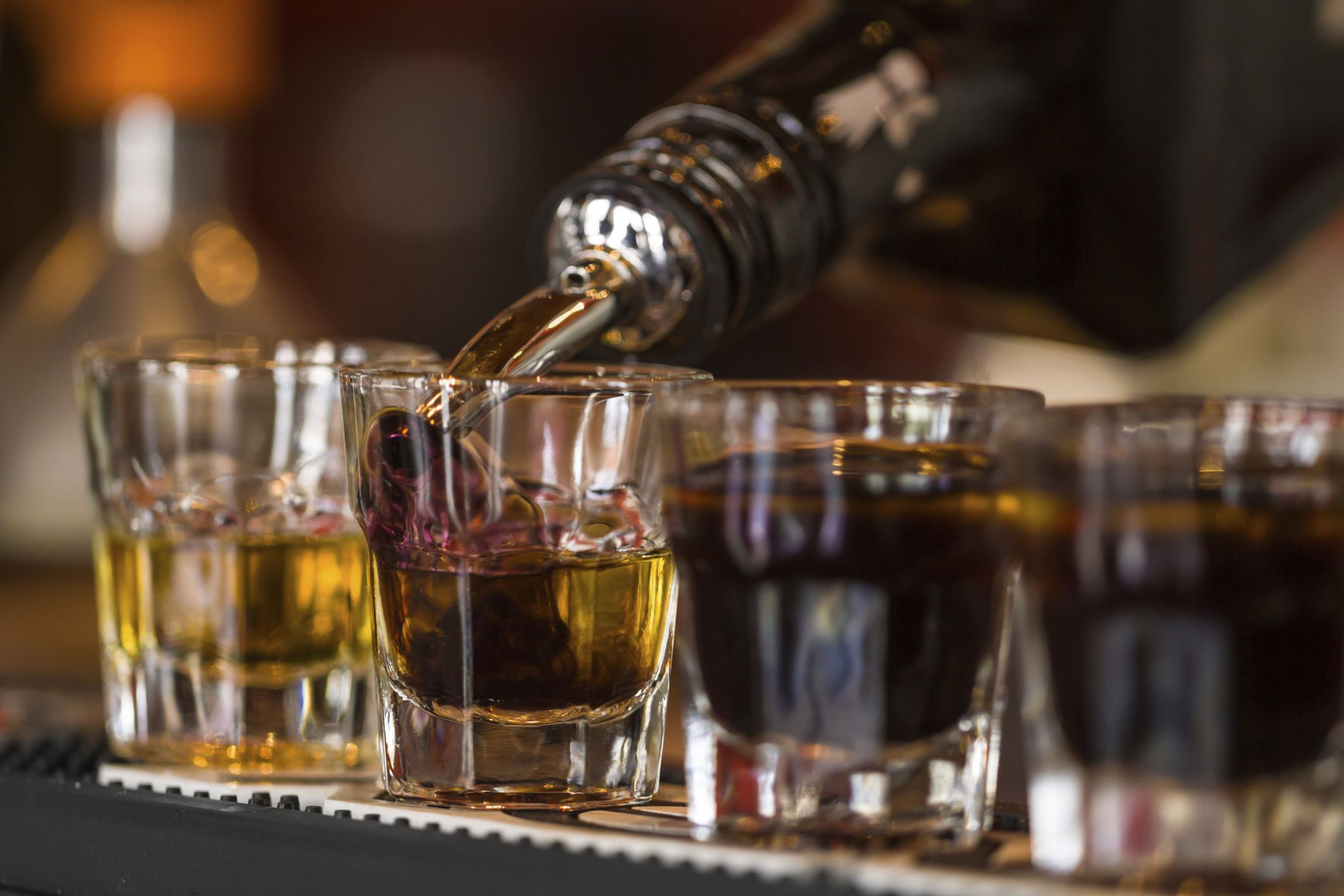

Kitchen Appliances
How Many Teaspoons In A Shot Glass
Modified: February 18, 2024
Discover the conversion of teaspoons to shot glasses and other kitchen appliance measurements. Learn how to accurately measure ingredients for your favorite recipes.
(Many of the links in this article redirect to a specific reviewed product. Your purchase of these products through affiliate links helps to generate commission for Storables.com, at no extra cost. Learn more)
Introduction
Shot glasses and teaspoons are common kitchen items that serve different purposes. While shot glasses are primarily used for measuring and serving alcoholic beverages, teaspoons are essential for accurately portioning out ingredients in cooking and baking. However, there are instances where you may need to convert between the two units of measurement. Understanding the relationship between teaspoons and shot glasses can be helpful in various culinary and mixology endeavors.
In this article, we will delve into the conversion between teaspoons and shot glasses, providing a comprehensive guide for those seeking to navigate between these two measurements. Whether you're a home cook preparing a recipe that calls for a specific number of shot glasses or a bartender needing to translate a cocktail recipe into teaspoons, this exploration will equip you with the knowledge to seamlessly transition between these units of measurement. Let's embark on this journey to unravel the connection between shot glasses and teaspoons, empowering you to confidently navigate the world of culinary and mixology measurements.
Key Takeaways:
- You can convert teaspoons to shot glasses by dividing the volume in teaspoons by the capacity of a shot glass. This helps you measure ingredients accurately for cocktails and recipes.
- Converting shot glasses to teaspoons involves multiplying the volume in shot glasses by the capacity of a teaspoon. This allows for precise measurement and adaptation in mixology and cooking.
Read more: How Many Tablespoons Is A Shot Glass?
Understanding Shot Glasses and Teaspoons
Shot glasses and teaspoons are fundamental tools in the kitchen, each serving distinct purposes in culinary and mixology endeavors. Shot glasses, typically used in bars and households, are designed to measure and serve small volumes of liquid, particularly alcoholic beverages. They come in various sizes, with the standard shot glass holding approximately 1.5 ounces or 44 milliliters of liquid. Shot glasses are essential for preparing and serving a wide array of cocktails, allowing for precise measurements that contribute to the balance and flavor of the final drink.
On the other hand, teaspoons are indispensable for measuring and dispensing small quantities of dry or liquid ingredients in cooking and baking. A standard teaspoon holds approximately 5 milliliters of liquid, making it a versatile tool for accurately portioning out ingredients such as spices, extracts, and liquids. Teaspoons are commonly used in recipes to ensure the right balance of flavors and textures, making them a crucial component of culinary precision.
Understanding the capacity and function of shot glasses and teaspoons is pivotal for anyone working in the kitchen, whether for culinary or mixology purposes. While shot glasses are tailored for liquid measurements, teaspoons cater to both dry and liquid ingredients, offering flexibility and precision in recipe execution. By comprehending the distinct roles of these two measuring tools, individuals can navigate recipes and cocktail preparations with confidence and accuracy.
Moreover, recognizing the relationship between shot glasses and teaspoons enables seamless conversions between the two units of measurement. Whether it's translating a cocktail recipe that specifies shot glasses into teaspoons or vice versa, a solid grasp of these measurements empowers individuals to adapt and innovate in their culinary and mixology pursuits. This understanding forms the foundation for efficient and precise measurement practices, contributing to the success and enjoyment of cooking and mixology experiences.
In the next sections, we will explore the conversion between teaspoons and shot glasses, providing practical insights and guidelines for effortlessly transitioning between these essential units of measurement. This exploration will equip you with the knowledge and skills to confidently maneuver between shot glasses and teaspoons, enhancing your proficiency in both culinary and mixology endeavors.
Converting Teaspoons to Shot Glasses
When it comes to converting teaspoons to shot glasses, precision and accuracy are paramount. This conversion is particularly relevant when adapting recipes that specify ingredients in teaspoons to suit the use of shot glasses, commonly encountered in mixology and cocktail preparation. Understanding the relationship between these two units of measurement is essential for seamlessly transitioning between them.
To convert teaspoons to shot glasses, it's crucial to consider the standard measurements of each. A standard teaspoon holds approximately 5 milliliters of liquid. On the other hand, a standard shot glass typically accommodates around 44 milliliters of liquid. With this knowledge, the conversion process becomes straightforward.
To perform the conversion, one can utilize simple arithmetic. By dividing the volume of liquid in teaspoons by the capacity of a shot glass, the equivalent number of shot glasses can be determined. For instance, if a recipe calls for 30 milliliters of a particular ingredient, dividing this by the capacity of a shot glass (44 milliliters) yields approximately 0.68, indicating that it is slightly over half of a standard shot glass.
In practical terms, this means that 30 milliliters, equivalent to approximately 6 teaspoons, translates to slightly over half a standard shot glass. This understanding allows for precise measurements when using shot glasses in place of teaspoons, ensuring that the intended balance and flavor of the recipe are maintained.
Furthermore, it's important to consider the specific requirements of the recipe and the desired outcome when converting teaspoons to shot glasses. Some recipes may necessitate exact measurements, while others allow for slight variations. Adapting the measurements with care and attention to detail is crucial for achieving the desired results in culinary and mixology endeavors.
By mastering the conversion from teaspoons to shot glasses, individuals can confidently navigate recipes and cocktail preparations, seamlessly transitioning between these two units of measurement. This proficiency empowers individuals to explore and innovate in their culinary and mixology pursuits, ensuring that the integrity of recipes is upheld while leveraging the convenience and precision of shot glasses.
Understanding the conversion from teaspoons to shot glasses is a valuable skill that enhances one's ability to adapt and excel in various culinary and mixology endeavors. This knowledge equips individuals with the confidence and proficiency to navigate between these units of measurement, contributing to the success and enjoyment of cooking and mixology experiences.
A standard shot glass holds 1.5 ounces, which is equal to 3 tablespoons or 9 teaspoons. So, there are 9 teaspoons in a standard shot glass.
Converting Shot Glasses to Teaspoons
Converting shot glasses to teaspoons is a crucial skill for individuals engaged in mixology and culinary pursuits. This conversion allows for seamless adaptation of cocktail recipes that specify ingredients in shot glasses to the use of teaspoons, ensuring precision and accuracy in measurements. Understanding the relationship between shot glasses and teaspoons is fundamental in navigating between these two units of measurement.
To convert shot glasses to teaspoons, it's essential to comprehend the standard measurements of each. As mentioned earlier, a standard shot glass typically holds around 44 milliliters of liquid. Conversely, a standard teaspoon accommodates approximately 5 milliliters of liquid. With this knowledge, the conversion process can be approached with confidence and precision.
Performing the conversion involves simple arithmetic. By multiplying the volume of liquid in shot glasses by the capacity of a teaspoon, the equivalent number of teaspoons can be determined. For example, if a recipe calls for 88 milliliters of a specific ingredient, multiplying this by the capacity of a teaspoon (5 milliliters) yields approximately 17.6, indicating that it is equivalent to approximately 17 and a half teaspoons.
In practical terms, this means that 88 milliliters, equivalent to approximately 2 standard shot glasses, translates to approximately 17 and a half teaspoons. This understanding enables individuals to accurately measure and dispense ingredients specified in shot glasses using teaspoons, ensuring that the intended balance and flavor of the recipe are maintained.
Furthermore, it's important to consider the specific requirements of the recipe and the desired outcome when converting shot glasses to teaspoons. Some recipes may necessitate precise measurements, while others allow for slight variations. Adapting the measurements with care and attention to detail is crucial for achieving the desired results in culinary and mixology endeavors.
Mastering the conversion from shot glasses to teaspoons empowers individuals to confidently navigate recipes and cocktail preparations, seamlessly transitioning between these two units of measurement. This proficiency enables individuals to explore and innovate in their culinary and mixology pursuits, ensuring that the integrity of recipes is upheld while leveraging the convenience and precision of teaspoons.
Understanding the conversion from shot glasses to teaspoons is a valuable skill that enhances one's ability to adapt and excel in various culinary and mixology endeavors. This knowledge equips individuals with the confidence and proficiency to navigate between these units of measurement, contributing to the success and enjoyment of cooking and mixology experiences.
Conclusion
In conclusion, the relationship between shot glasses and teaspoons is a fundamental aspect of culinary and mixology endeavors. Understanding the conversion between these two units of measurement equips individuals with the knowledge and skills to seamlessly navigate recipes and cocktail preparations, ensuring precision and accuracy in ingredient measurements.
Mastering the conversion from teaspoons to shot glasses and vice versa empowers individuals to adapt and innovate in their culinary and mixology pursuits. Whether it's translating a cocktail recipe that specifies shot glasses into teaspoons or vice versa, a solid grasp of these measurements allows for efficient and precise measurement practices, contributing to the success and enjoyment of cooking and mixology experiences.
Moreover, the ability to convert between shot glasses and teaspoons enhances one's proficiency in recipe execution, enabling individuals to maintain the intended balance and flavor of dishes and cocktails. This proficiency is particularly valuable in scenarios where specific measurements are crucial for achieving the desired results, emphasizing the significance of understanding and applying accurate measurement conversions.
By recognizing the capacity and function of shot glasses and teaspoons, individuals can confidently maneuver between these essential units of measurement, enhancing their proficiency in both culinary and mixology endeavors. This knowledge forms the foundation for efficient and precise measurement practices, contributing to the success and enjoyment of cooking and mixology experiences.
In essence, the conversion between shot glasses and teaspoons is not merely a matter of arithmetic; it is a gateway to culinary creativity and mixology innovation. It empowers individuals to explore and experiment with recipes and cocktail preparations, ensuring that the integrity of flavors and textures is upheld while leveraging the convenience and precision of shot glasses and teaspoons.
Ultimately, the seamless conversion between shot glasses and teaspoons is a testament to the art and science of culinary and mixology measurements. It embodies the precision and creativity inherent in these disciplines, allowing individuals to embark on a journey of culinary and mixology exploration with confidence and proficiency.
In conclusion, the ability to convert between shot glasses and teaspoons is a valuable skill that enhances one's ability to adapt and excel in various culinary and mixology endeavors. This knowledge equips individuals with the confidence and proficiency to navigate between these units of measurement, contributing to the success and enjoyment of cooking and mixology experiences.
Frequently Asked Questions about How Many Teaspoons In A Shot Glass
Was this page helpful?
At Storables.com, we guarantee accurate and reliable information. Our content, validated by Expert Board Contributors, is crafted following stringent Editorial Policies. We're committed to providing you with well-researched, expert-backed insights for all your informational needs.
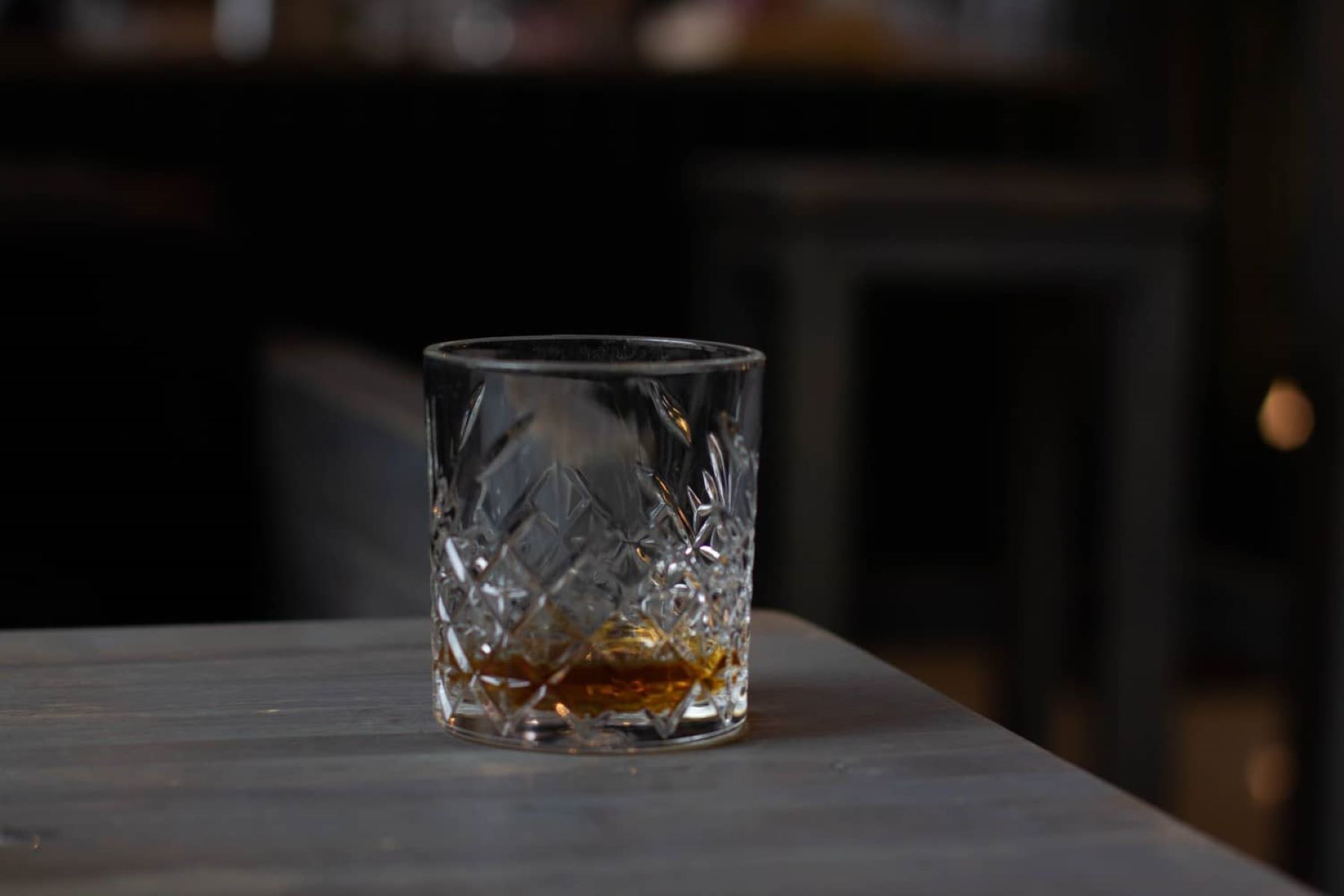
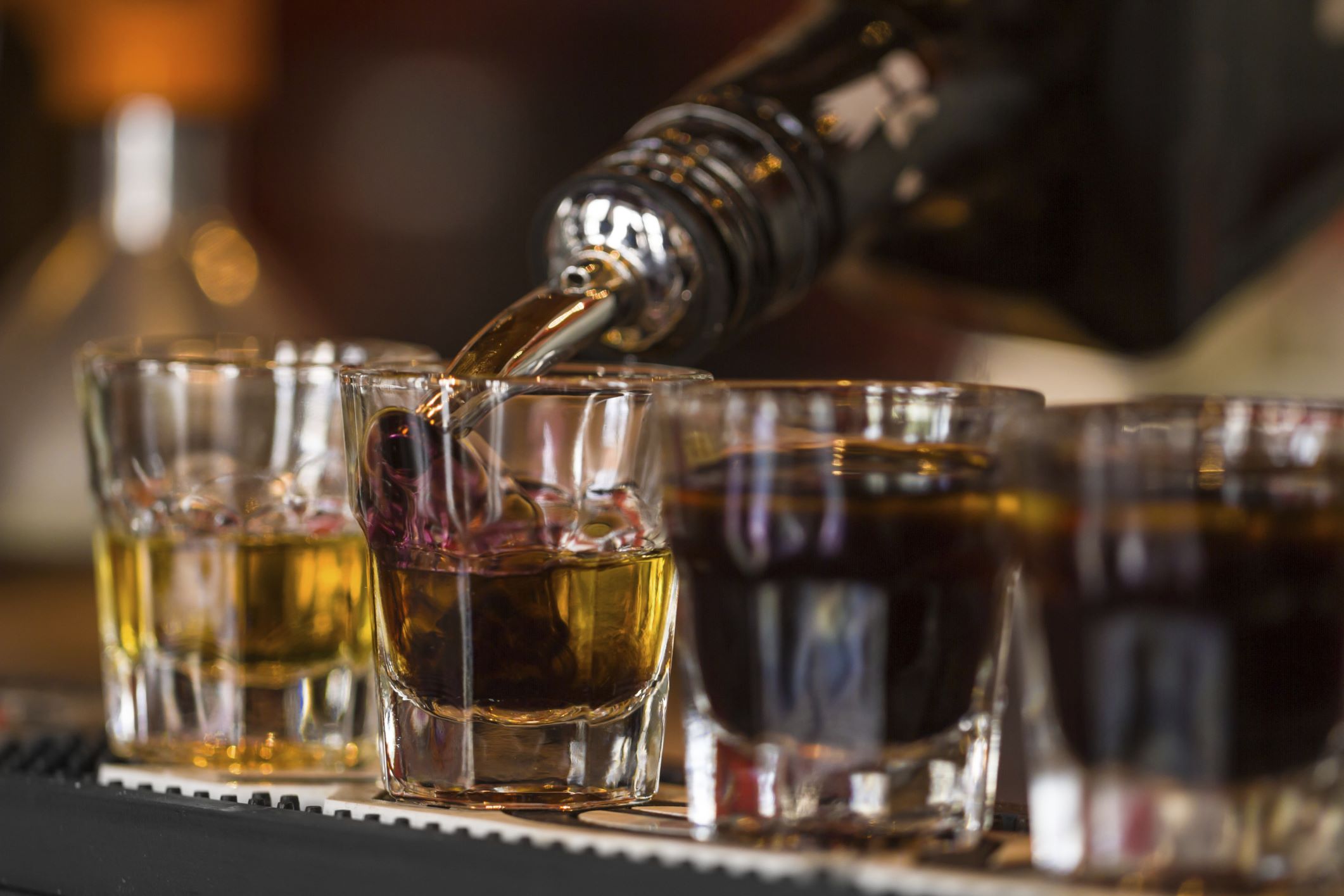
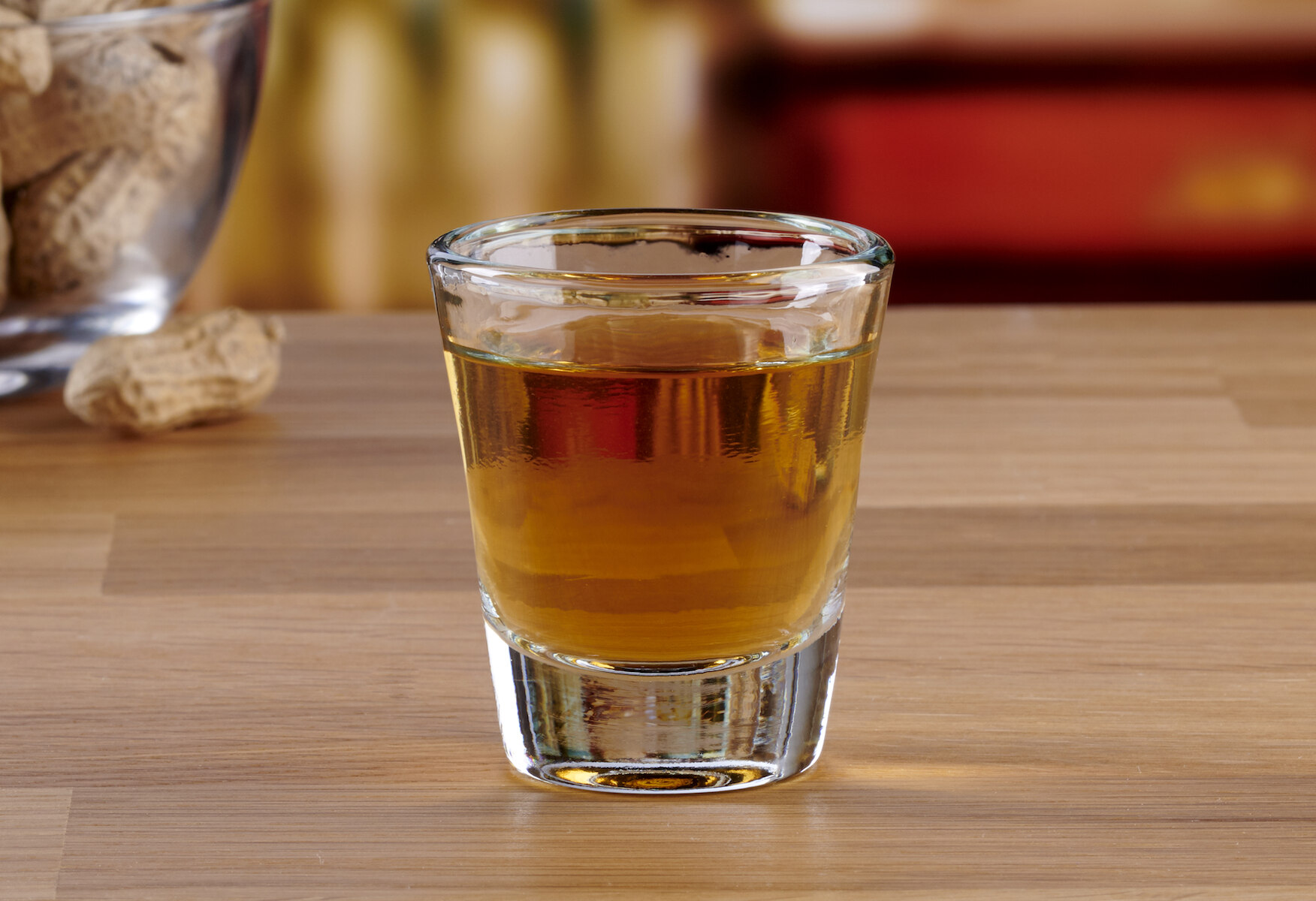
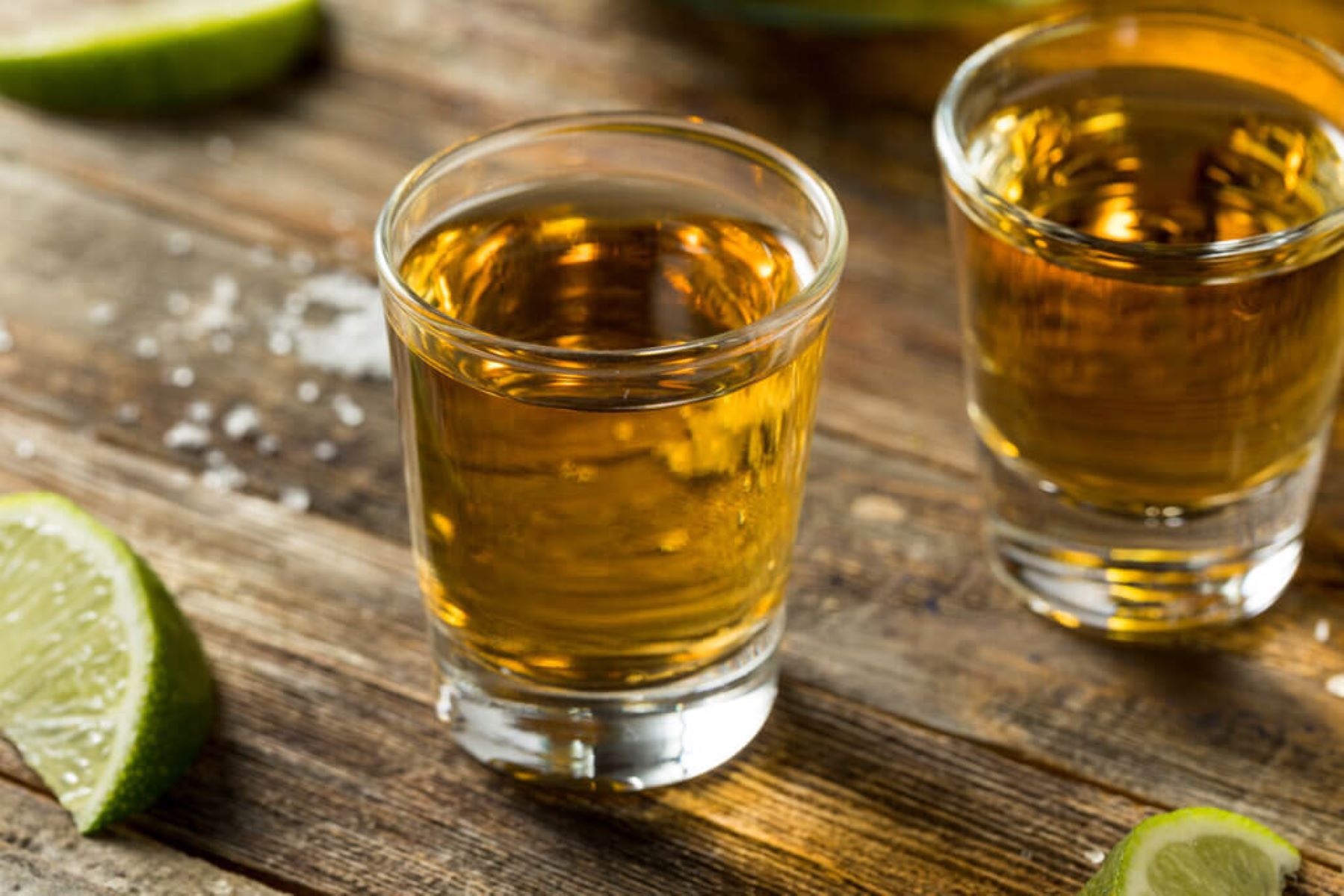
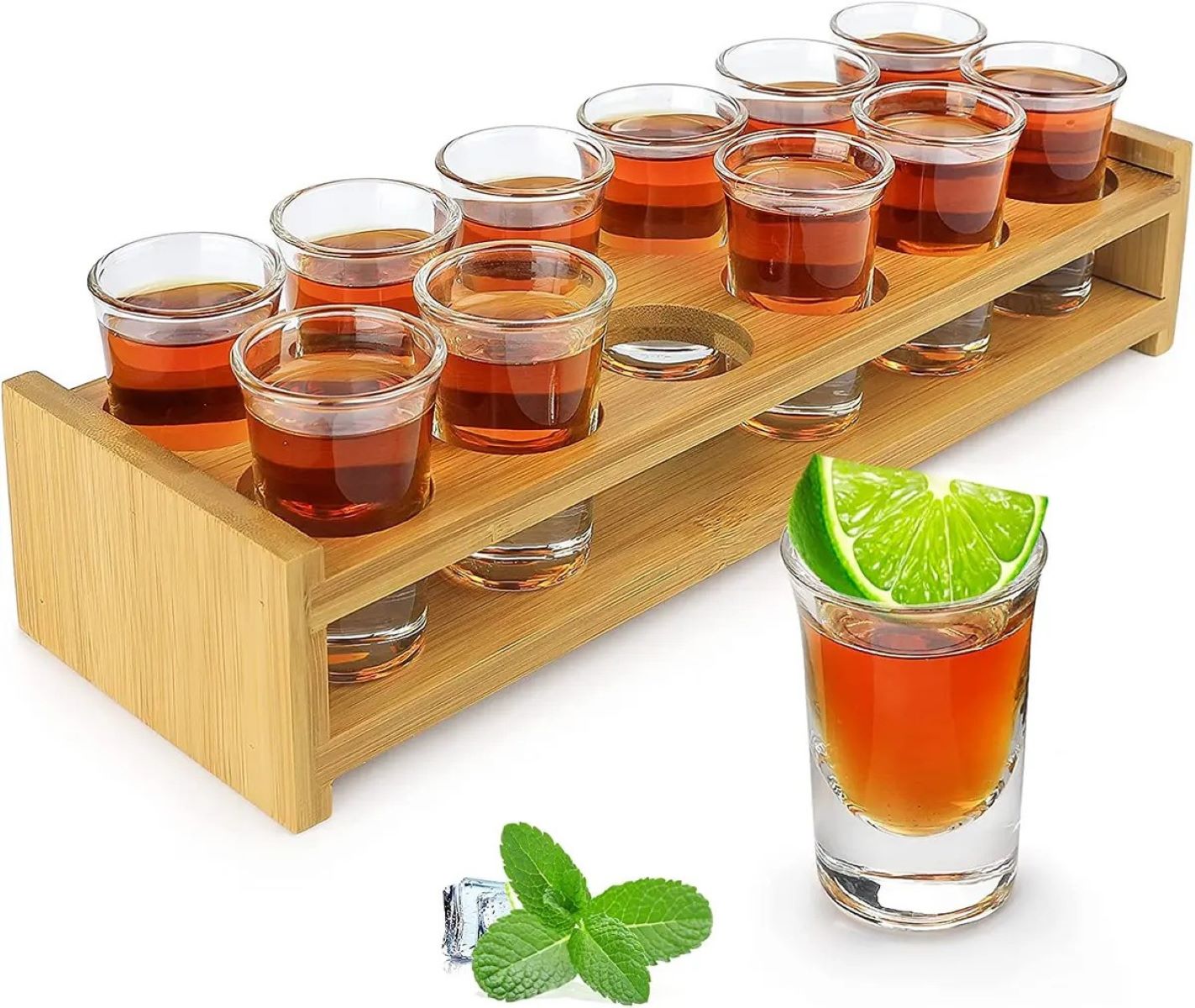
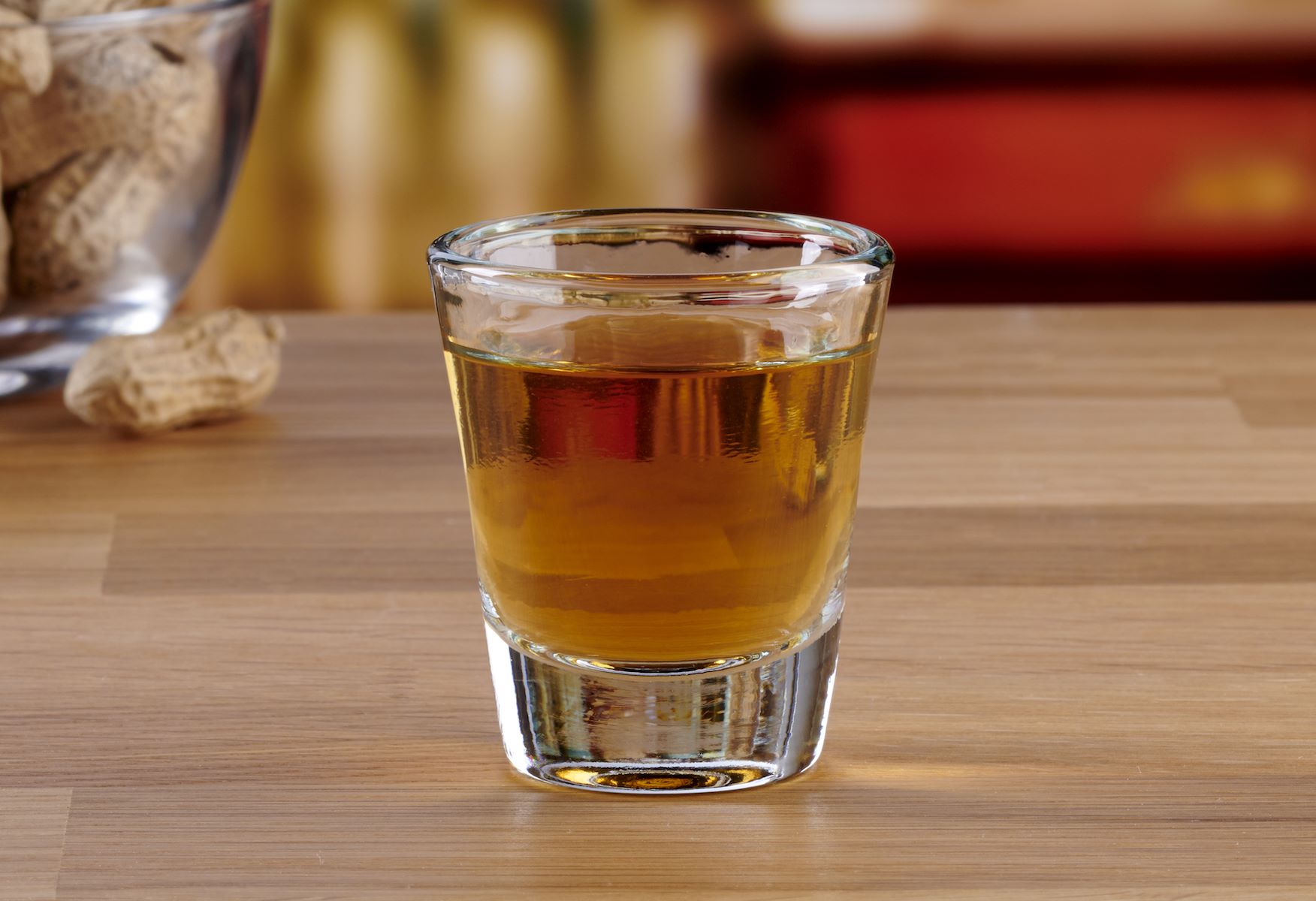
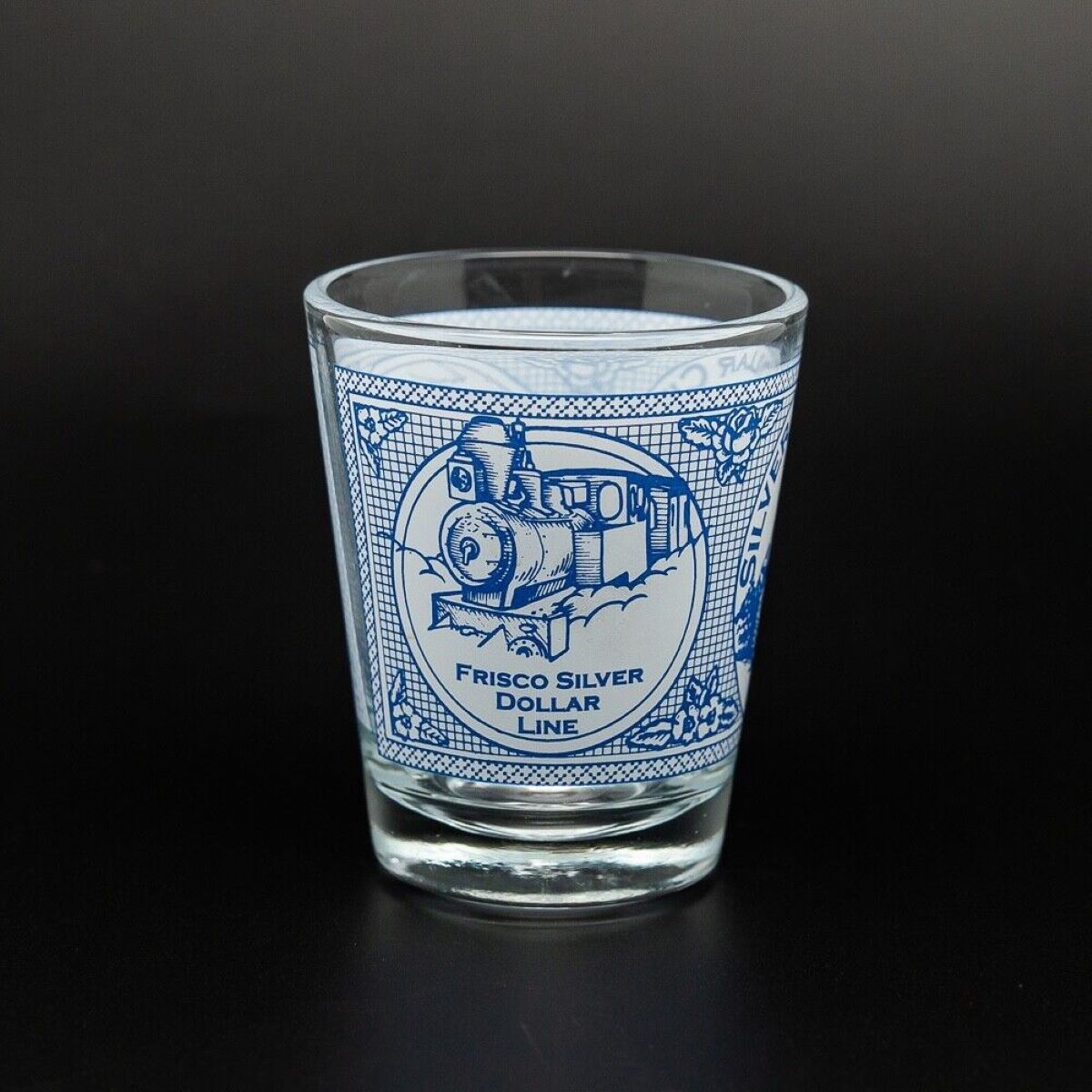
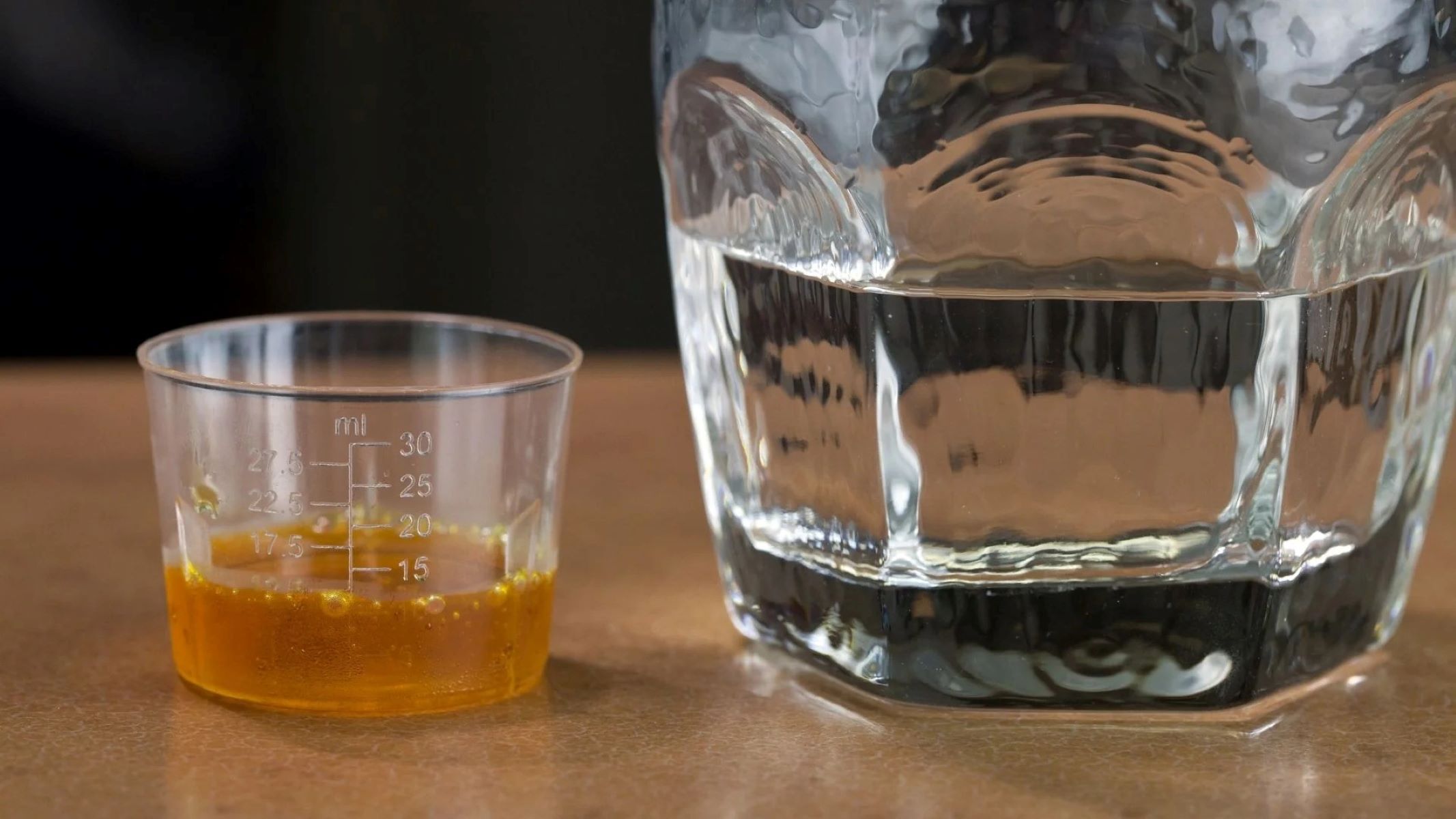
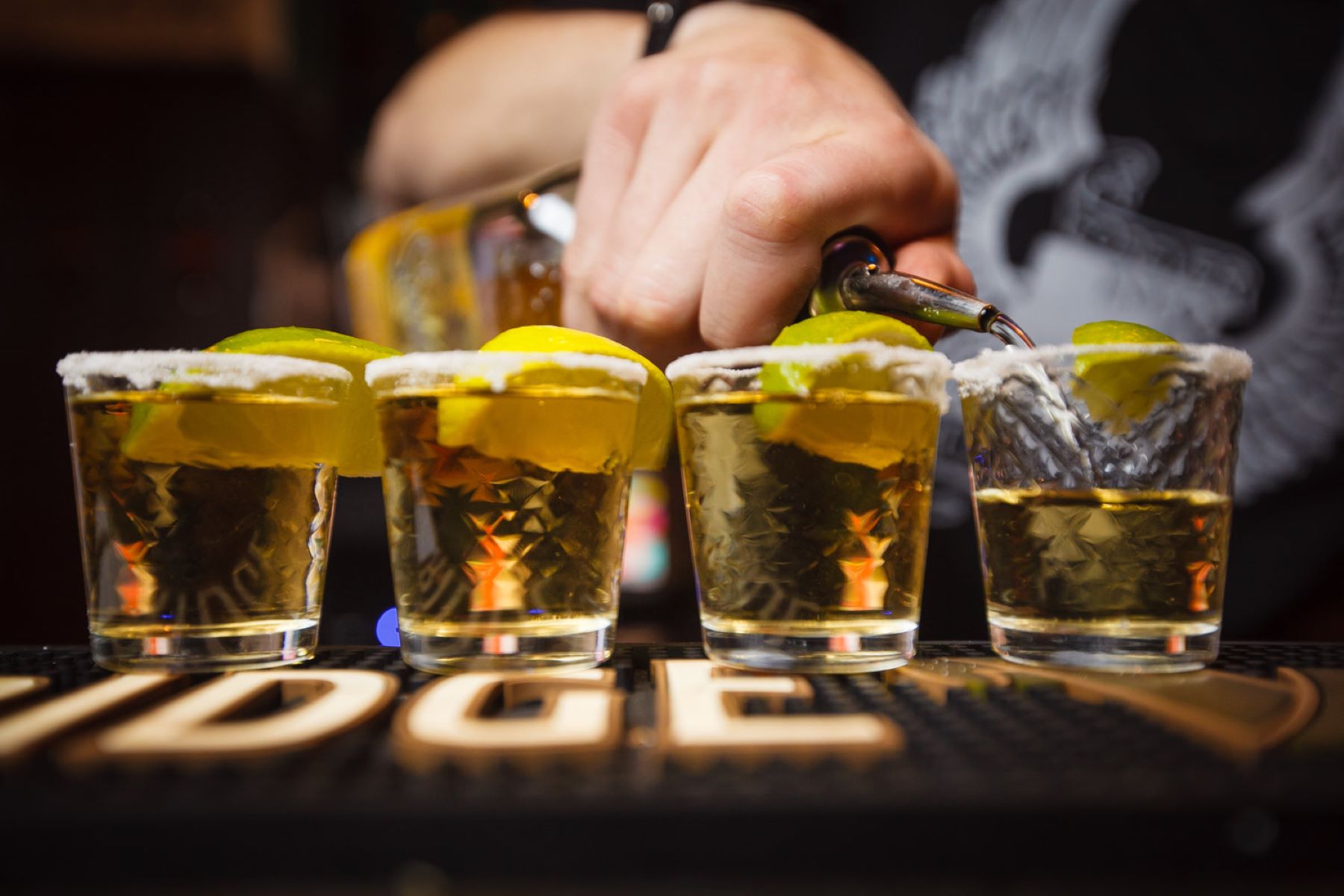
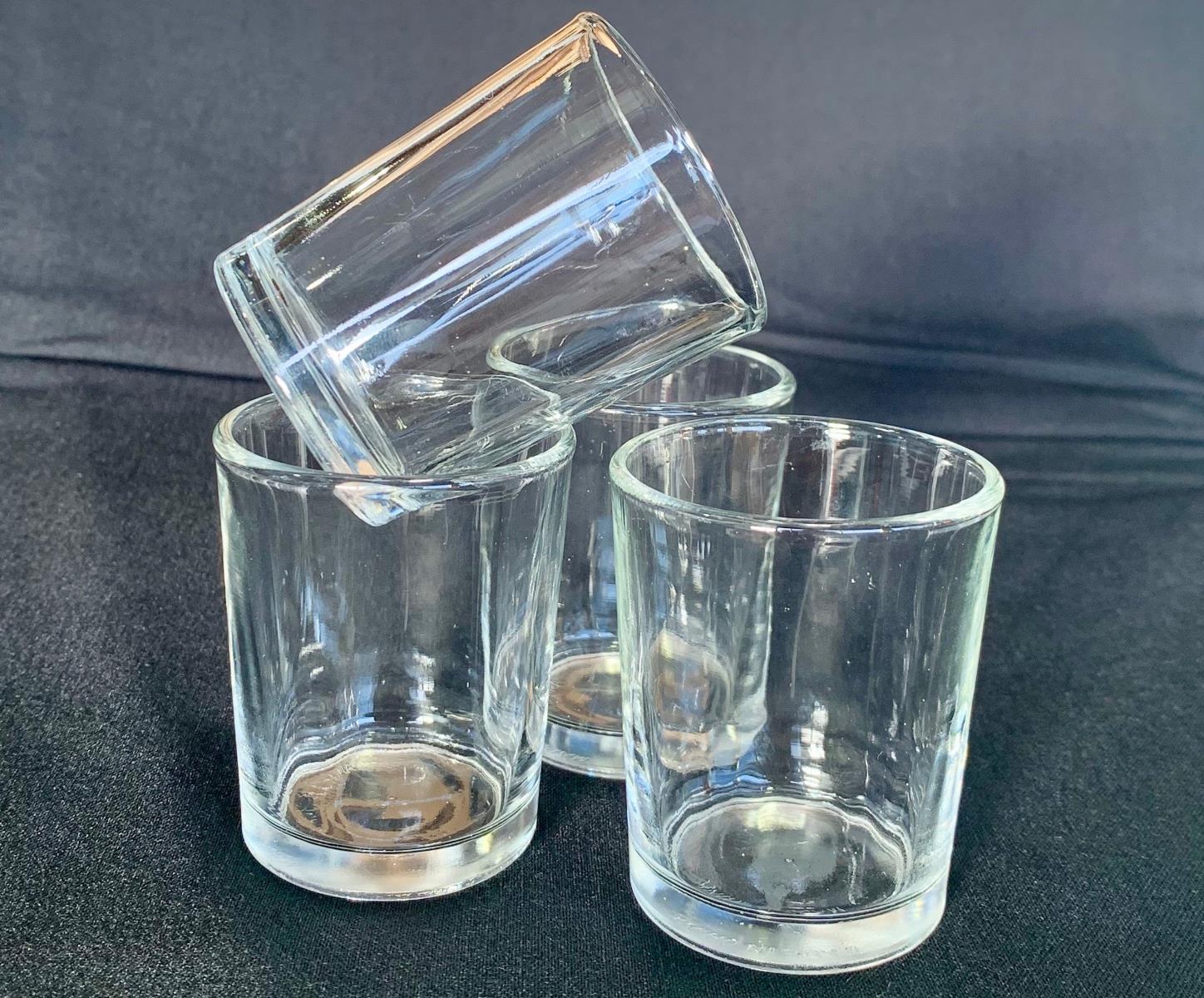

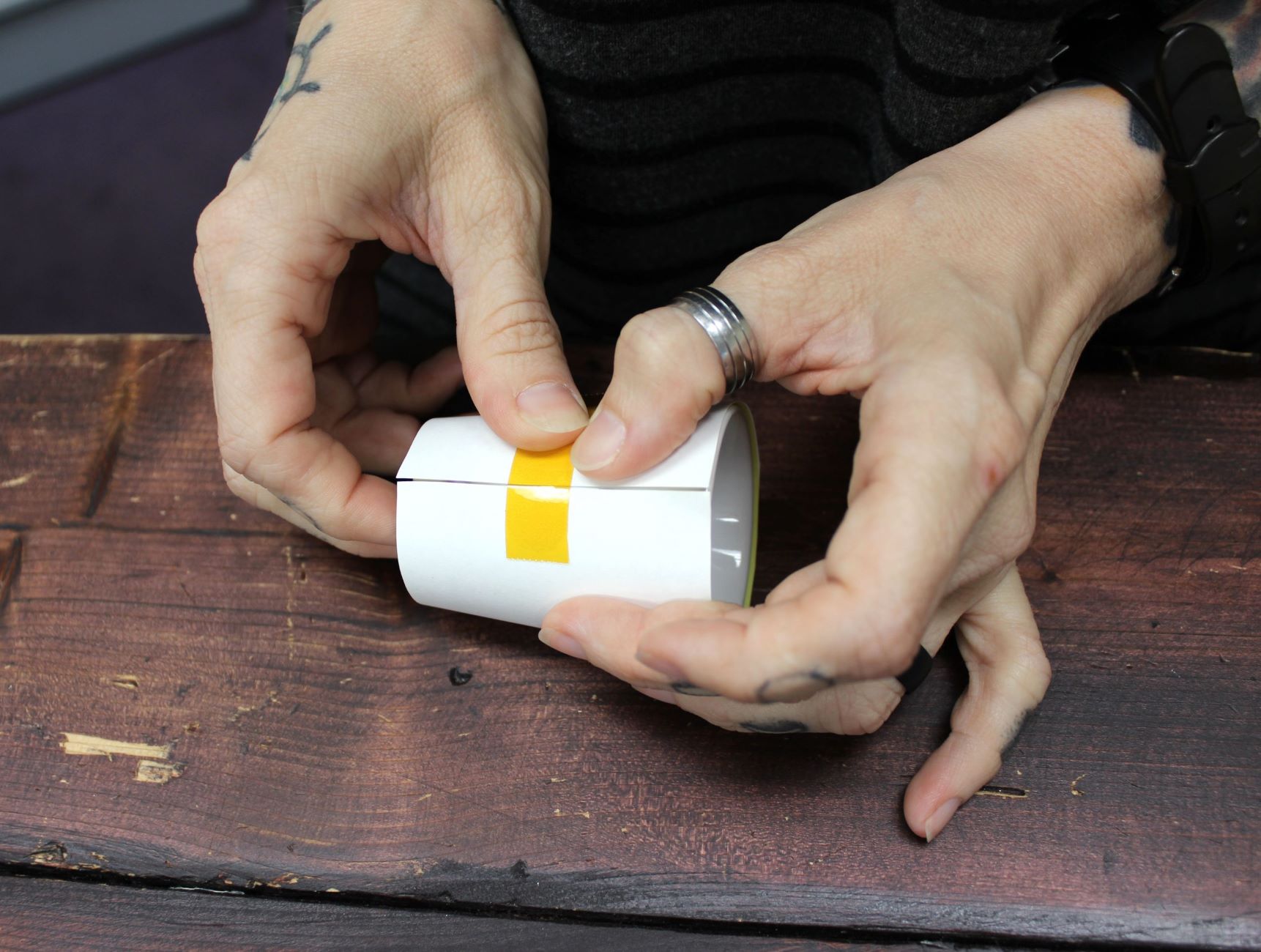
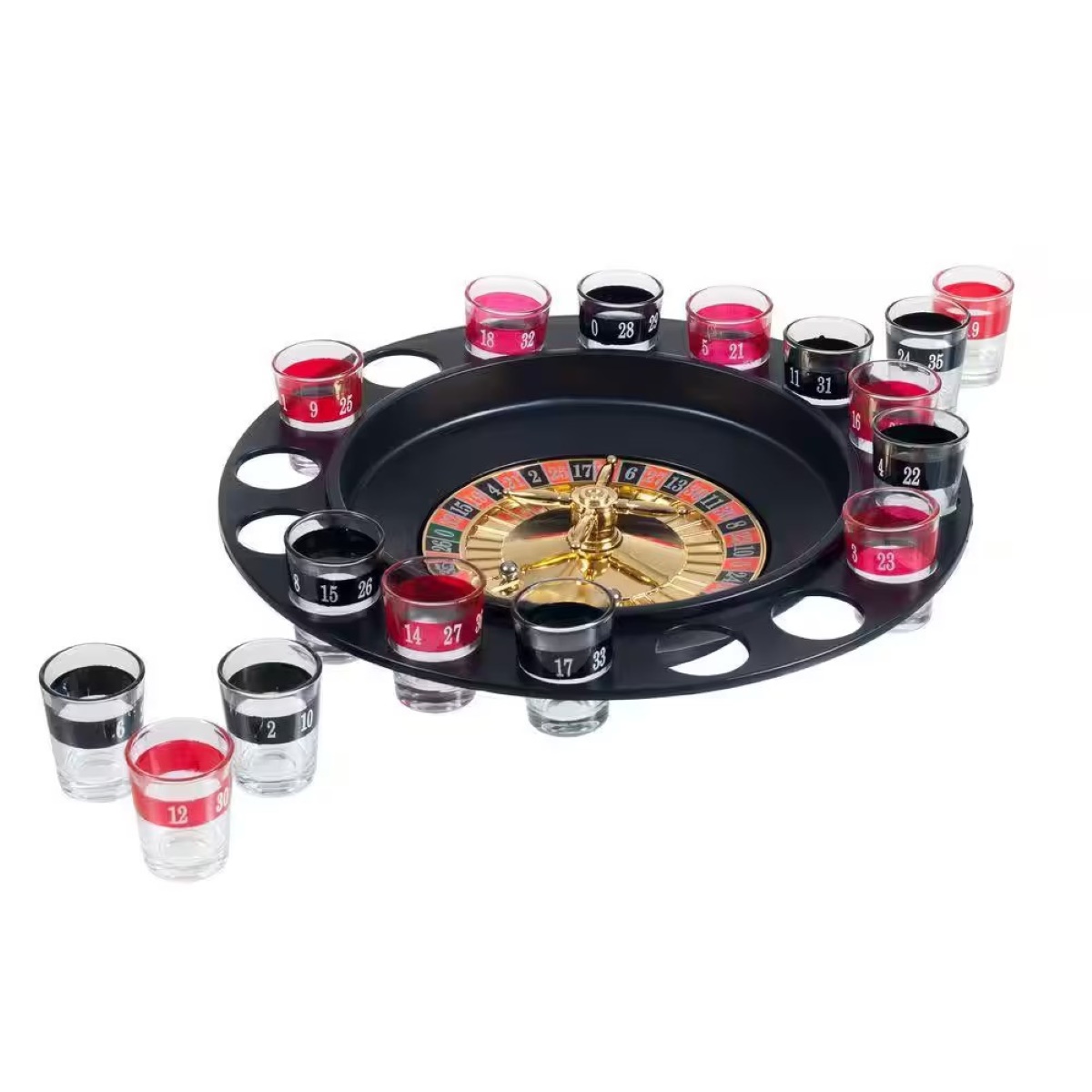
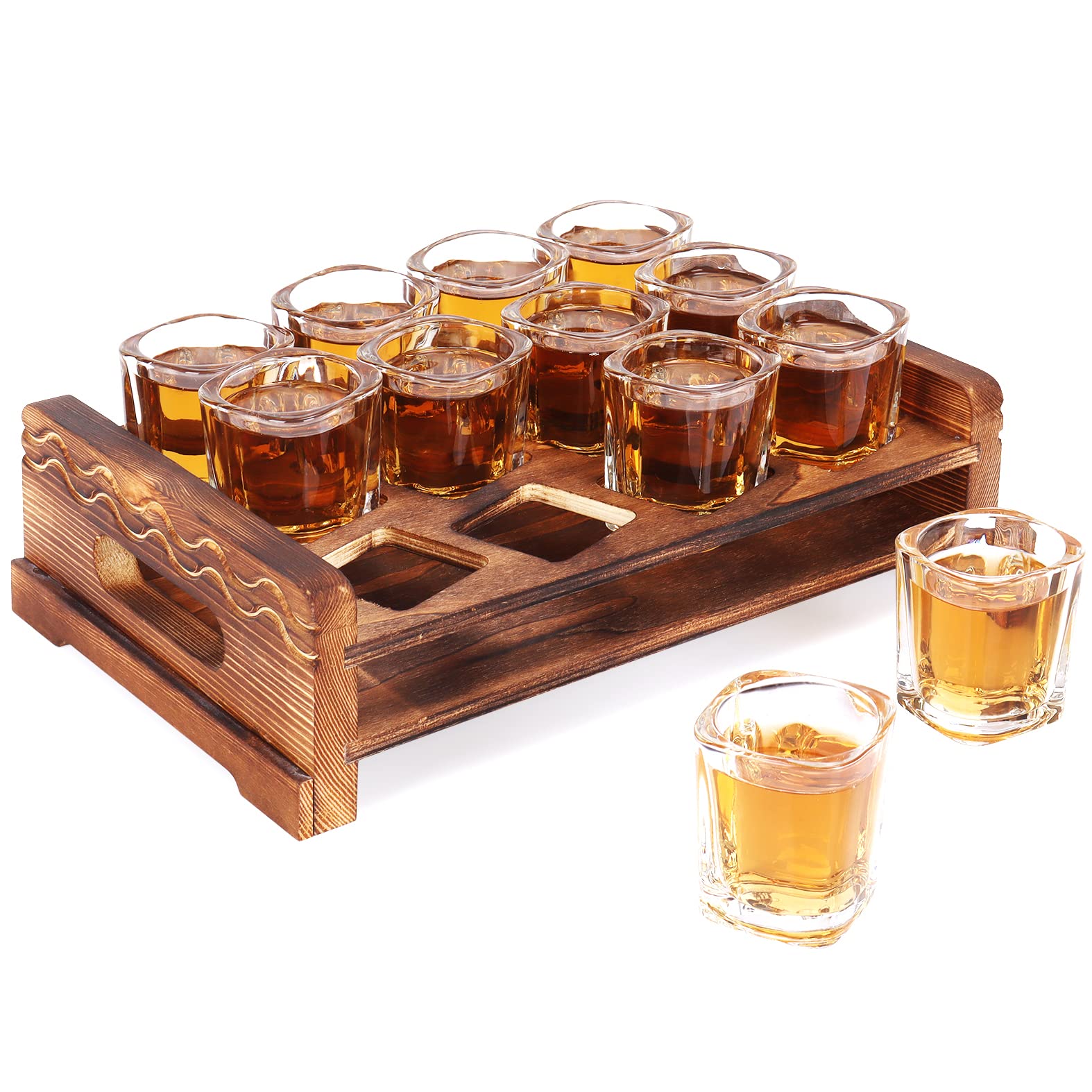
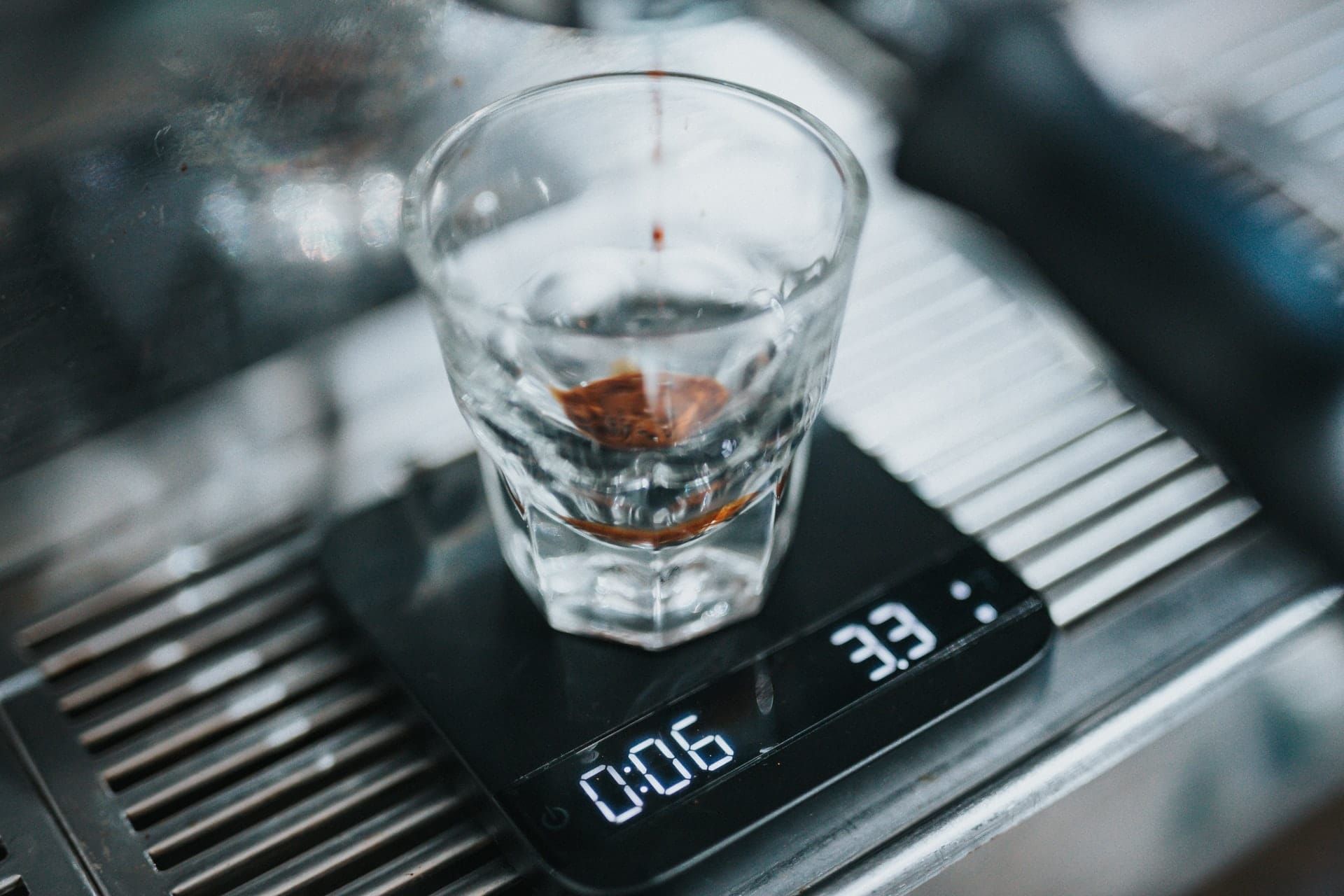

0 thoughts on “How Many Teaspoons In A Shot Glass”